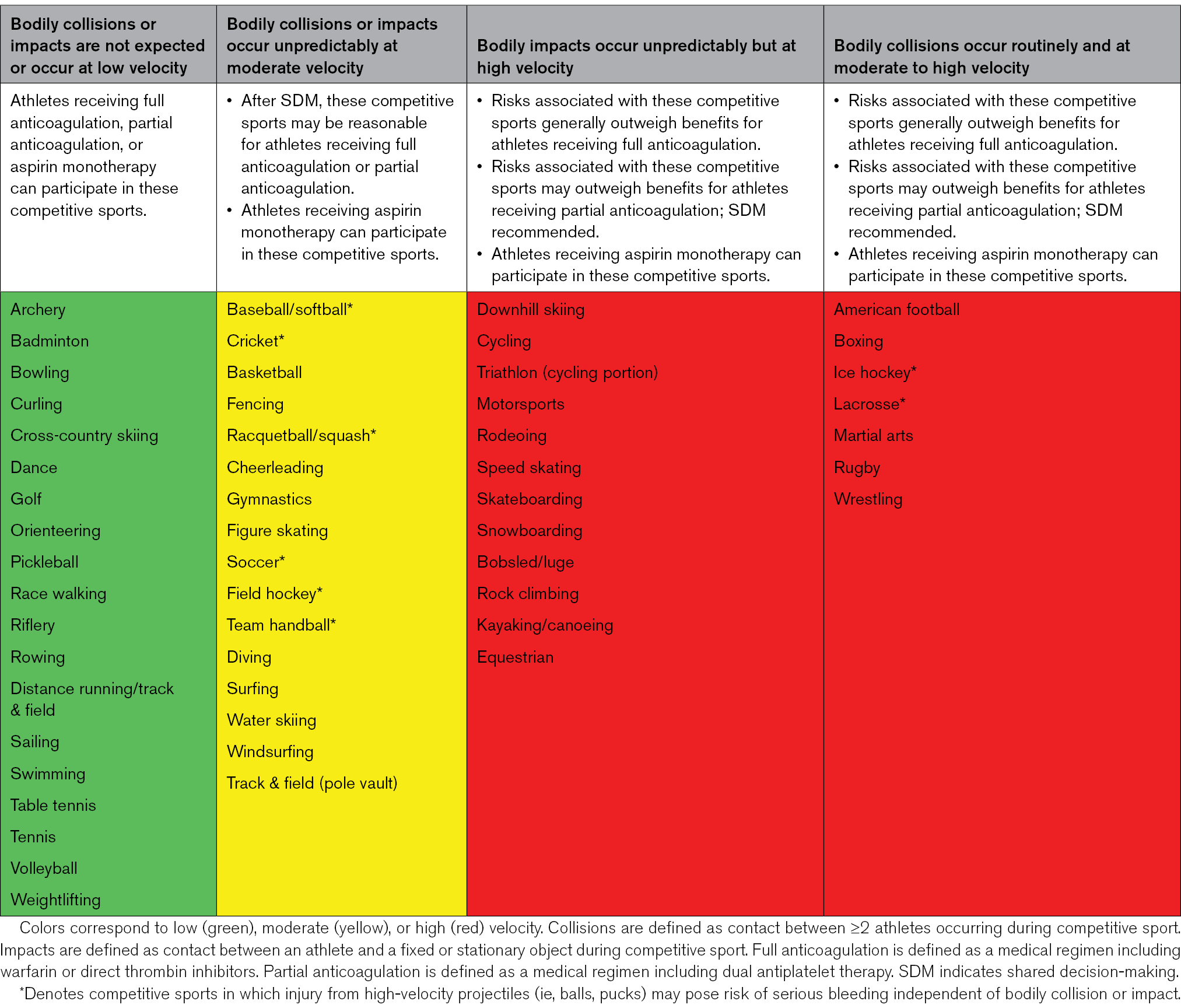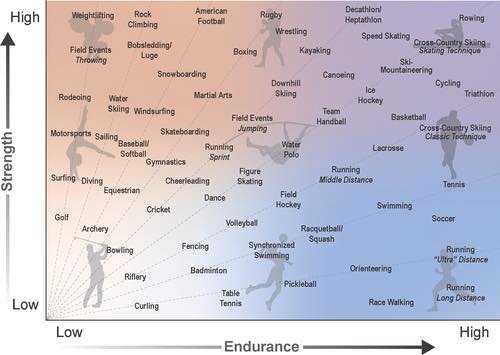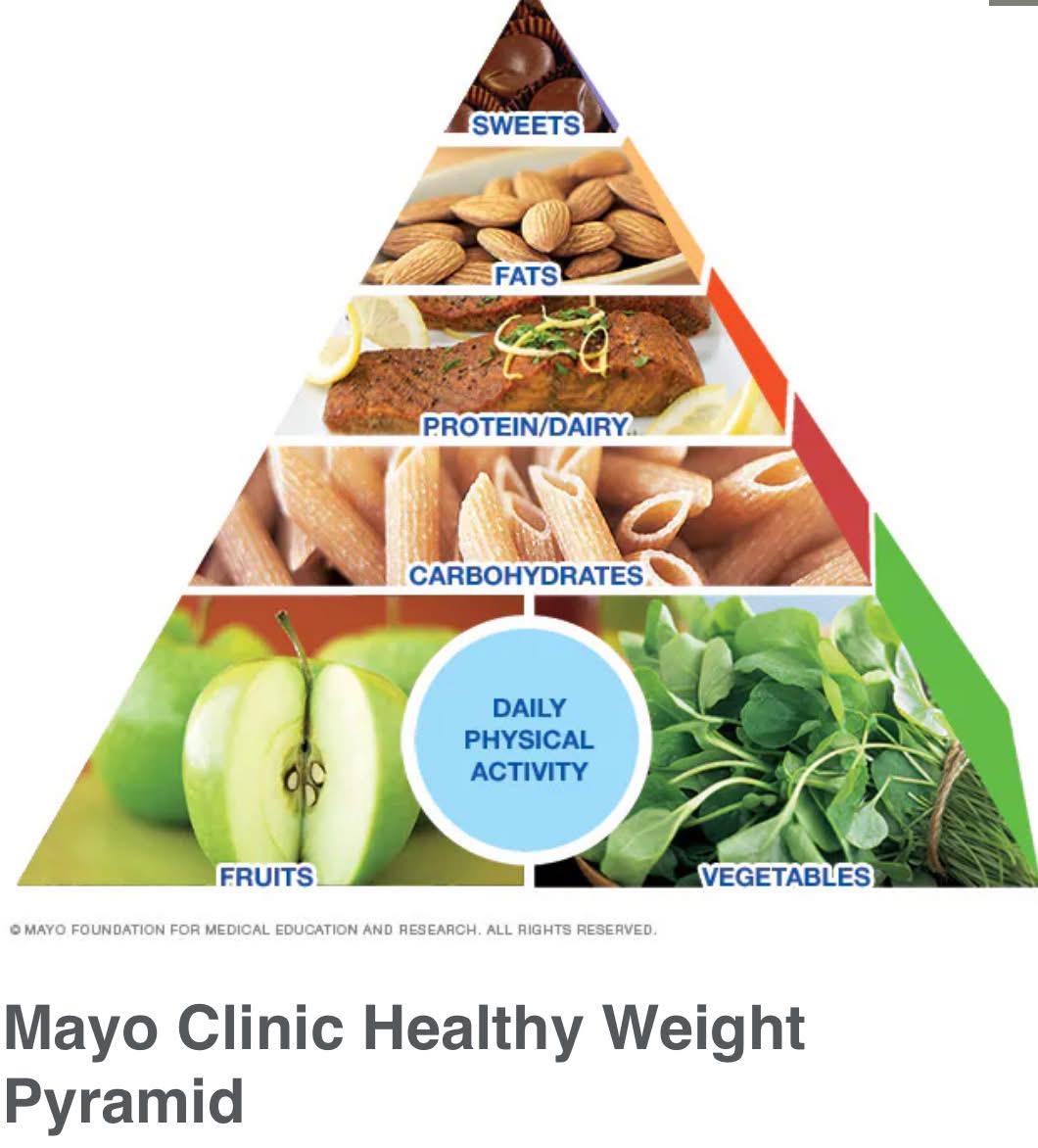Science Wednesday is a weekly deep dive into the latest research, advancements, and insights on aortic health. Each edition explores critical topics, from innovative treatments to emerging risk factors, providing expert analysis and evidence-based perspectives.
Aortic dissection is not always caused by a connective tissue disorder. In fact, dissection from a blunt force is a major cause of death in auto collisions.For example, I have a neighbor with no prior history of aortic disease who dissected when he fell off the roof of a house he was working on.And some athletic activities have more risk of collision than others, and - despite a lack of data - a consensus is that people with aortic aneurysms should avoid high impact sports.The 2025 Guidelines on competitive athletes and cardiovascular disorders address this topic.The Guidelines state that “trauma…
As recently posted by Aortic Athlete Julian Meldrum, in February 2025, the American Heart Association and the College of Cardiology issued new, revised Clinical Considerations for Competitive Sports Participation for Athletes With Cardiovascular Abnormalities. And they have some application to Aortic Athletes!The standards have been revised every five years over the last forty years as new clinical studies and medical practices become available.They apply broadly to anyone participating in competitive sports, from children to masters athletes. (See the diagram ranking the strength and endurance needed to participate in various sports.)And they apply to high-level recreational sports, including marathon runners, triathletes,…
Well known risk factors for growing aortic aneurysms include high blood pressure, smoking, family history, age, and male gender. And what about obesity, which often leads to high blood pressure? Could weight loss reduce the risk of aneurysm growth? After all, a number of risk factors for aortic aneurysm improve after weight loss including lowering of blood pressure and chronic inflammation. One 2022 clinical study found that moderate, weight loss in overweight and obese non-smokers is associated with a significant decrease in the aortic dilation size and may prevent the development of aortic aneurysms but further research is needed. And…



